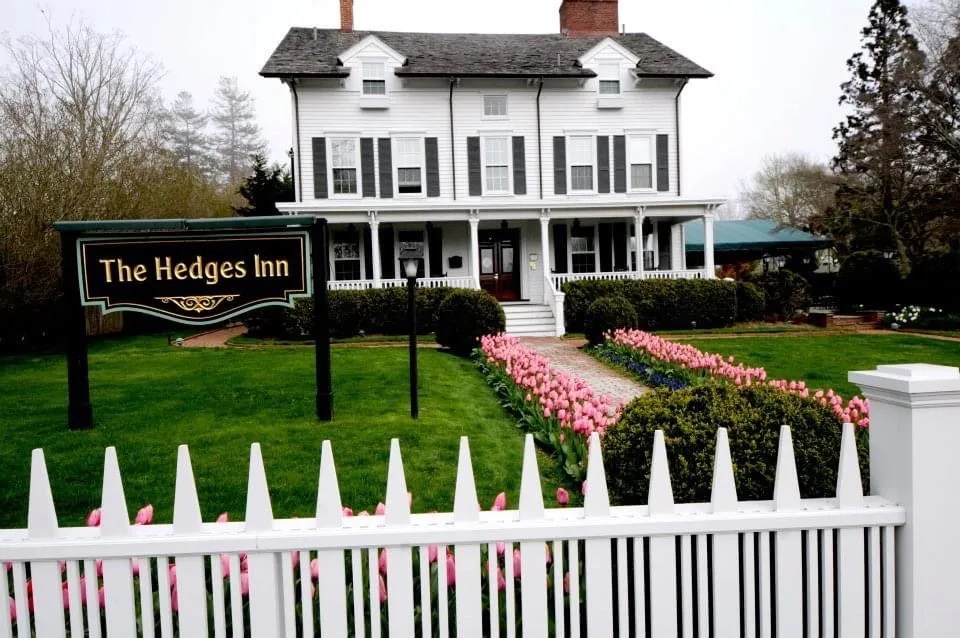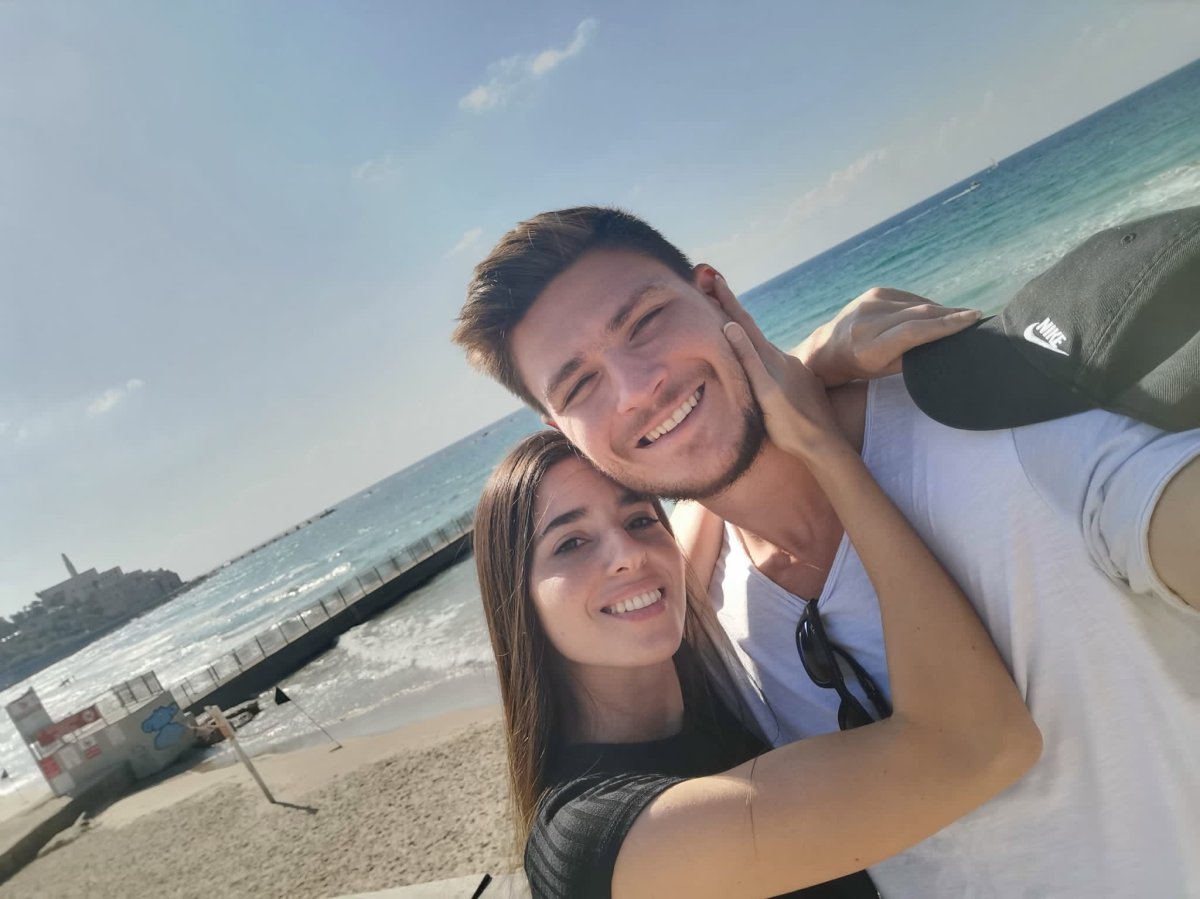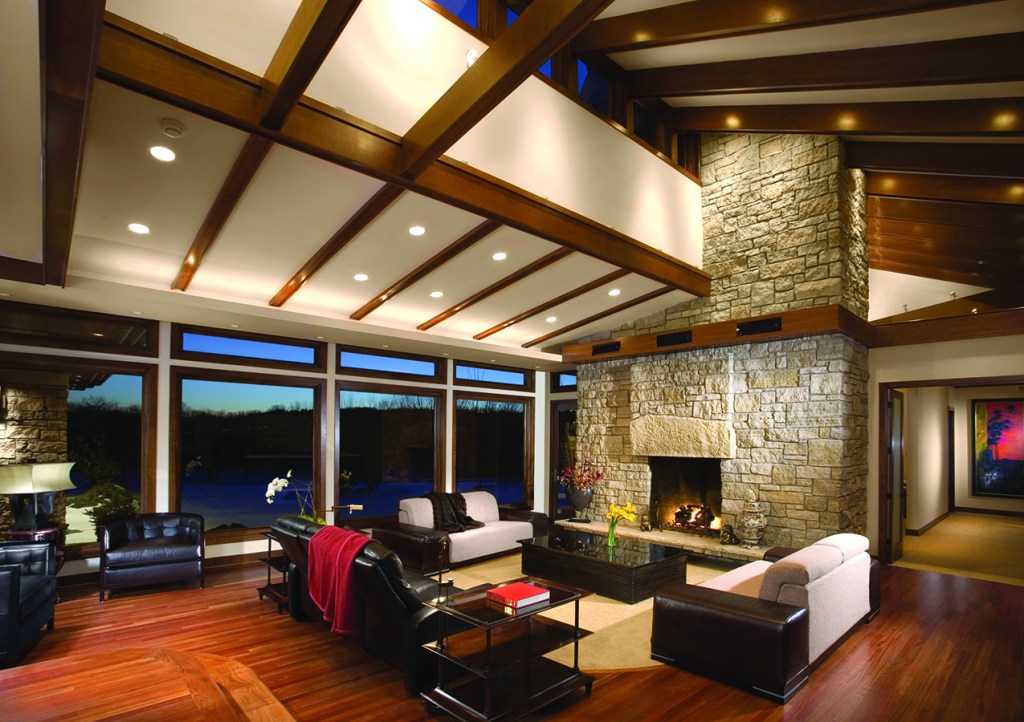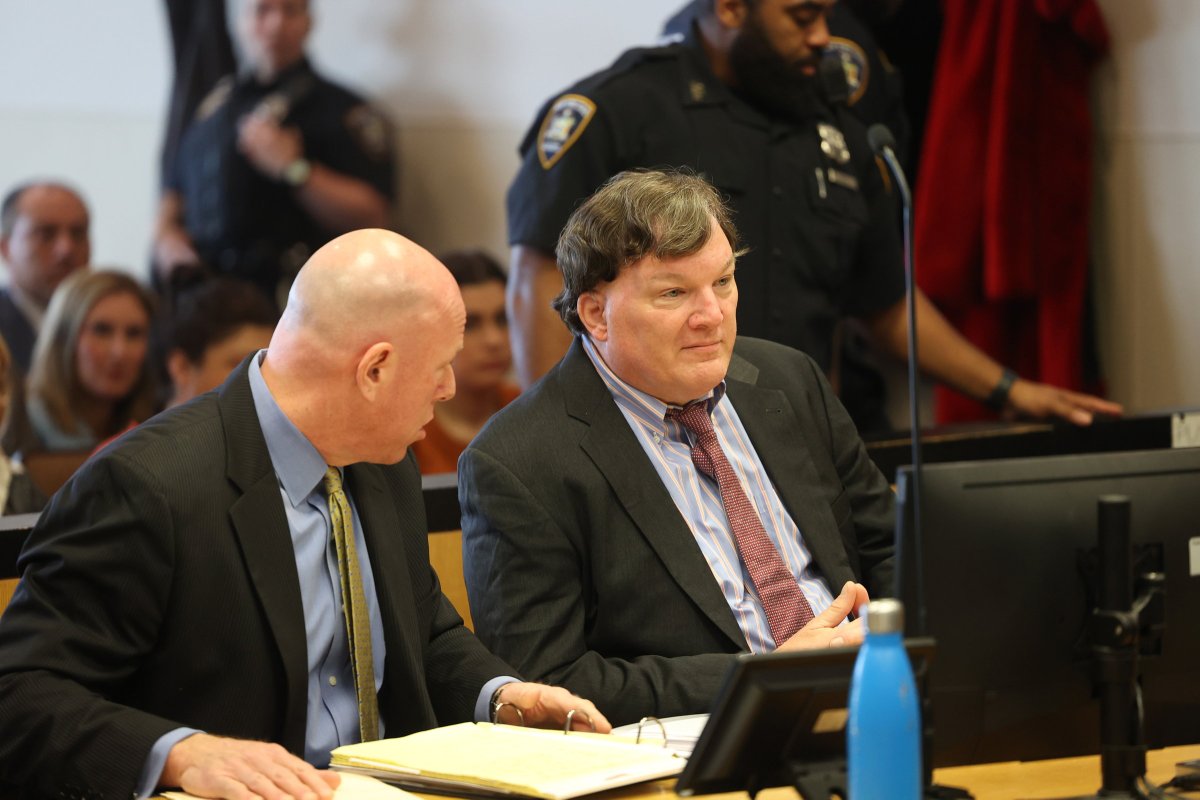Collector Discusses Dan's Cover by Lee Krasner & AbEx at Southampton Arts Center
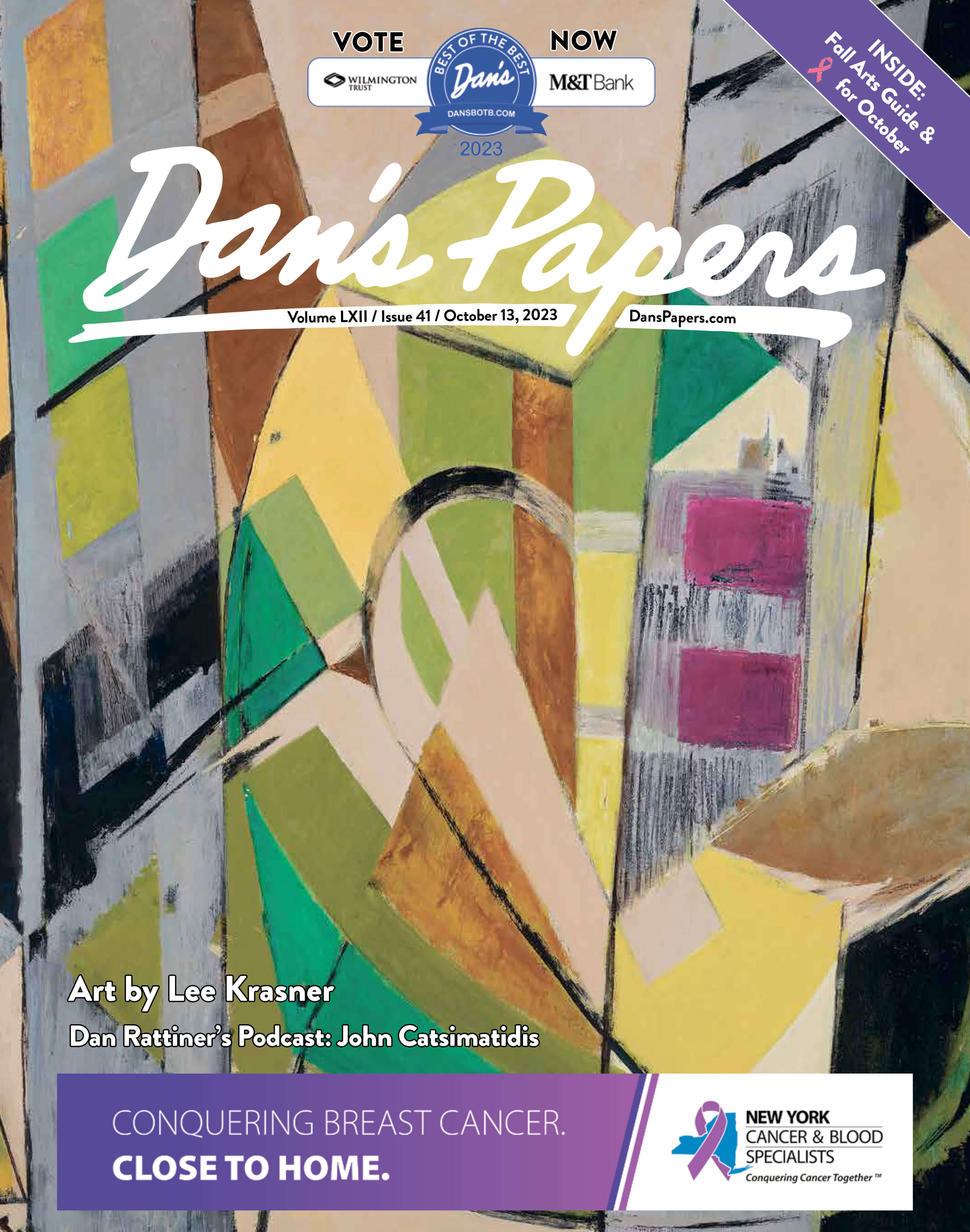
This week’s cover art by Lee Krasner celebrates the opening of the Heroines of the Abstract Expressionist Era exhibition at Southampton Arts Center (SAC), featuring 102 paintings, works on paper and sculptures by 32 acclaimed abstract expressionist women artists, including Elaine de Kooning, Grace Hartigan, Joan Mitchell, Audrey Flack and Helen Frankenthaler.
Produced by Hamptons art collectors Rick Friedman and Cindy Lou Wakefield, the show is an extension of the Heroines of Abstract Expressionism (AbEx) movement, which shines a light on the talented but woefully under-appreciated women artists of the influential New York School and Hamptons art scene.
Here, Friedman shares his thoughts on the Krasner painting featured on Dan’s October 13, 2023 cover, the artist’s unique style and the exciting SAC survey of first- and second-generation AbEx artists.
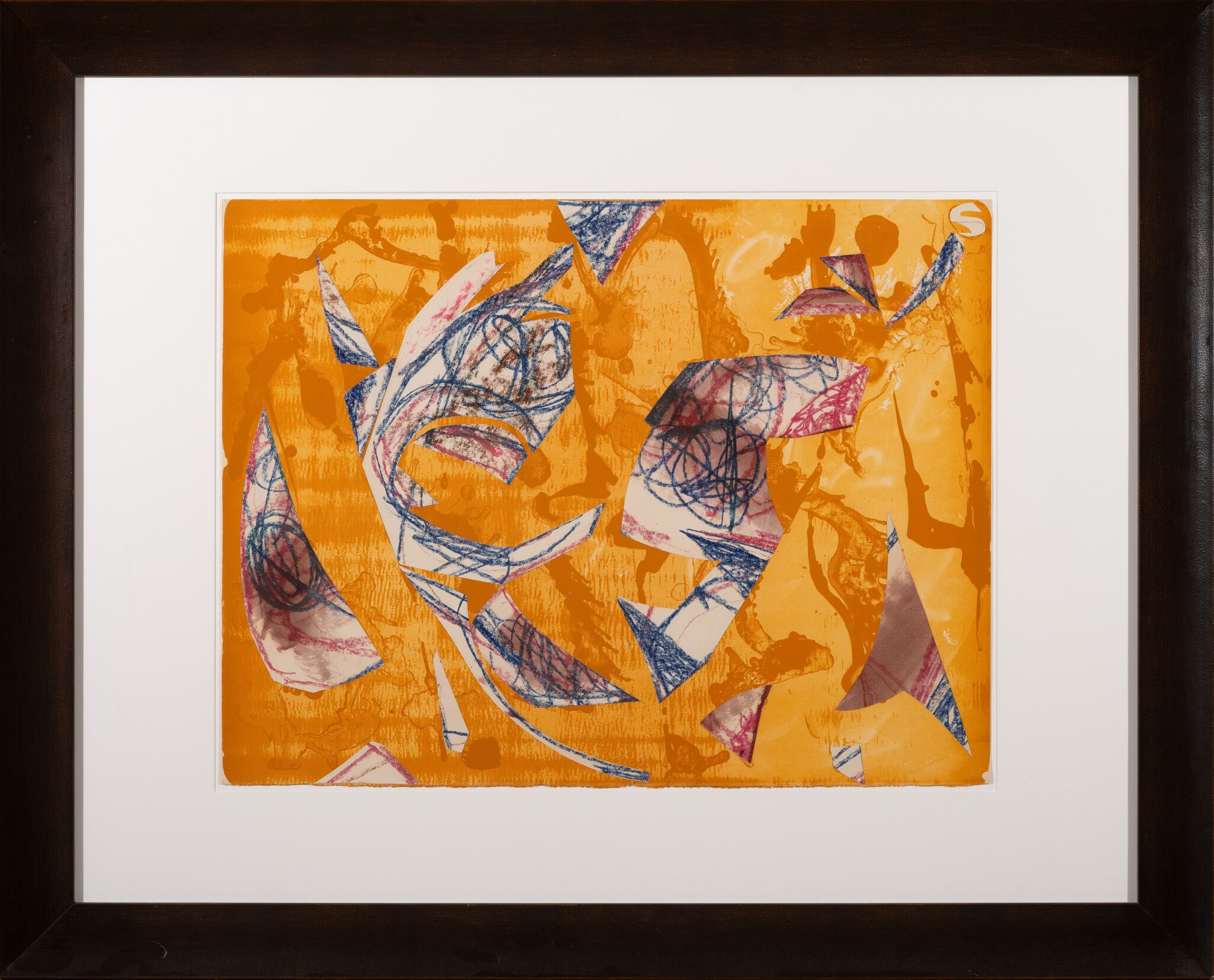
Rick Friedman Talks Lee Krasner
How is Lee Krasner’s 1956 painting “Offbeat” representative of her portfolio at that time?
Her husband’s (Jackson Pollock) tragic death on August 11, 1956 changed Lee’s life. 1956 was a prolific year for Lee’s work, as she painted some of her best pieces — “Birth,” “Embrace,” “Three in Two” — painterly abstract forms that express an introspective subject matter.
This cover piece, “Offbeat,” following Pollock’s shocking and untimely death, at just 44, imparts that she is now facing the world alone, with less confinement, and now wants to break away, and do her her thing.
So, post September 1956 is now a bizarre, eccentric, unconventional, unpredictable and weird time in her life — this an offbeat time — moving forward alone, if you will.
How does “Offbeat” use composition/color to convey emotion?
“Offbeat” emotes an excitement with vibrant, fresh and pulsating colors, lines slightly askew, as things are not what they used to be prior to Jackson’s death. The artwork is filled with energy, a little odd ball and way out, and she is willing, but struggling, in finding her new path — alone.
How is Krasner’s brand of abstract expressionism unique to that of her contemporaries?
Lee Krasner was unique in her style — flowing, organic, earthy, natural, circular, cubic, reminding us of our mortality — whereas, more so than the other AbEx painters who were more line driven, brutal, untamed, gestural and violent in their presentations.
But everyone had their own style, from Joan Mitchell, and Michael West, to Grace Hartigan and Charlotte Park, as did each of the other 31 AbEx women artists on display in this exhibit.
Also, uniquely, Lee actually cut up earlier works on paper, from the 1960s, some in her CR, to collage them on new works in the late 1970s. A prime example of this unique practice, is on display in the lobby, with her “September Twenty-third,” a 1980 cut-up collage on paper.
What do you find most impressive about Krasner’s art accomplishments and legacy?
As one of the pioneering early first generation AbEx women artists, she remained true and consistent to her practice for some 50 years — she connected early 20th century art with the radical new ideas of post-war America. Her “all over” technique may have indeed inspired Pollock’s breakthrough drip style — she was committed and crusaded to make her husband the greatest painter of the 20th century, if not all time.

What makes a Lee Krasner painting such as “Offbeat” an exciting acquisition for an art collector?
Firstly, as a collector, large, dramatic, 1950s-era work is difficult to acquire, and well prized, these days. I like that this was painted at her home in the Springs — and its energetic, colorful, offbeat lines, are inspiring, and invigorating.
During the mid-1950s, when this was painted, Krasner was under-appreciated and overlooked, by critics and scholars, partly due to her relationship with Pollock, but today, she is considered one of the leading figures of the AbEx movement.
How has your Heroines of Abstract Expressionism movement deepened your understanding and appreciation for the New York School and Hamptons art scene?
I was initially inspired by reading Helen Harrison’s landmark book Hamptons Bohemia, where she defined the artist landscape and AbEx movement locally — from late 1940 to 1970 — so by acquiring “local artists,” we were, in fact, collecting many of the most acclaimed artists of the 20th century — how cool is that!
As such, we also have a similar collection of male AbEx artists from the New York School, the Hamptons, as well as the European masters that influenced this important movement.
Would you like to share any closing thoughts or additional information?
We are blessed and excited to be to be able to share these 100+ works by the 32 most acclaimed AbEx women artists with our community (although many of these artists did indeed display their works previously in this building, during their remarkable careers, when it was the Parrish Art Musuem, so, in many respects, this is a “homecoming”).
This survey offers a new generation of visitors an opportunity to discover and appreciate these esteemed local artists — also, for those influential collectors, galleries and curators watching, we have also uncovered a few “new” artists, ripe for a major rediscovery.
For more info about the Heroines of the Abstract Expressionist Era show at Southampton Arts Center, which will host a reception on October 14 from 5–7 p.m., visit southamptonartscenter.com. And to learn more about the AbEx movement, visit heroinesofabex.com.
